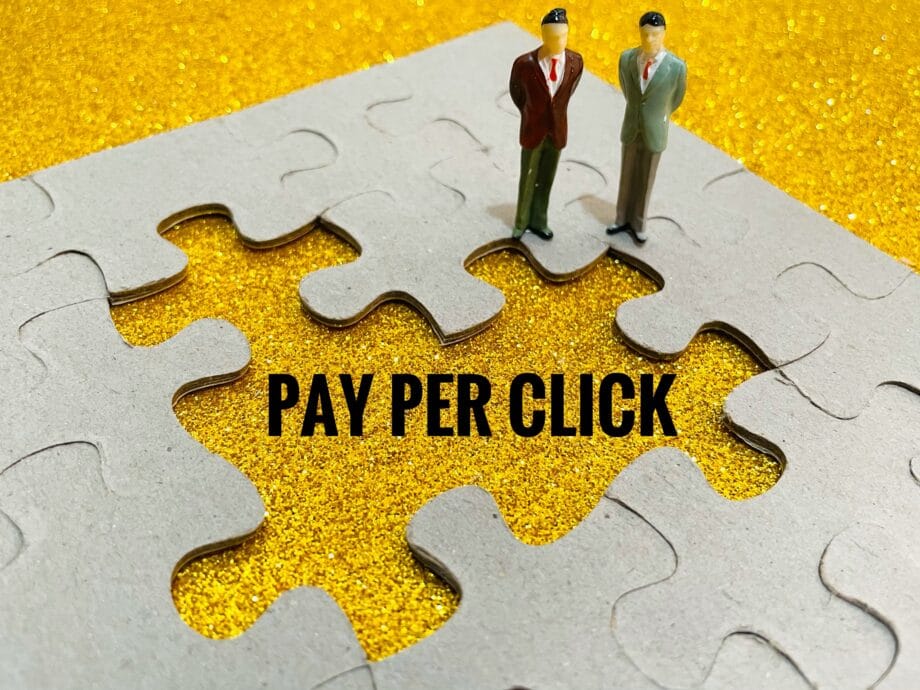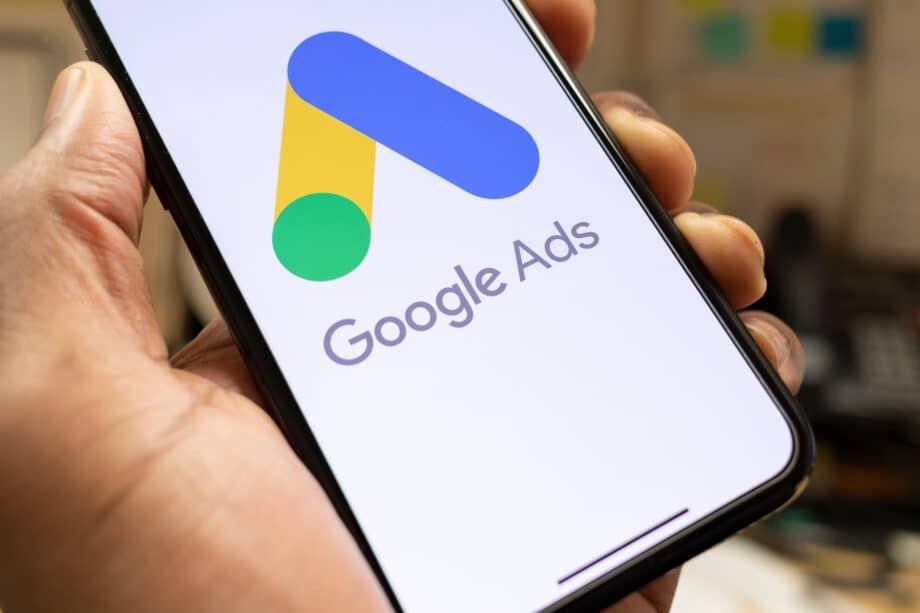Marketing is no more a choice in the digital age but a prerequisite for businesses leaving no stone unturned to efficiently and intensely take their message across to the clients.
Marketing or Advertising, Well, aren’t they both identical? The answer is ‘No.’ There is a thin border of distinction between them. Happy SEO Clients helps agencies and freelancers scale.
Digital Marketing
Digital Marketing encompasses all the marketing disciplines using the internet or digital technologies. Enterprises leverage digital carriers like emails, social media, blog posts, search engines, websites, logos, and everything else that promotes online promotion and connects with contemporary and prospective clients. There are six types of digital marketing:
- Search engine optimization (SEO)
- Social Media Marketing (SMM)
- Affiliate Marketing
- Online advertising
- Content Marketing
- Email and Mobile Marketing

Digital Advertising
It is too termed online advertising, internet advertising, or web advertising. Digital advertising is represented as a form of marketing or advertising. Enterprises leverage internet technologies to create their promotional advertisements for clients. There are three types of digital advertising:
- Pay-per-click (PPC) ads: The ads you notice in search results, for example, Adwords search ads, Bing ads, etc.
- Display ads: The ad by eBay is expanding and promoting its products. eBay is the most significant player in banner advertising and invests a lot of money in display advertising, for example, Banners, video, mobile, pop-ups, etc.
- Social ads: A ‘suggested post’ on Facebook is a social ad, for example, Facebook, Twitter, YouTube, etc.
Digital Advertising is a part of Digital Marketing
The definitions manifest that digital advertising is a subset of digital marketing while you commence with a business idea. From that very moment, you are committed to marketing and not advertising.
Product creation, Packaging, Product Pricing, Promotion, Target audience, Market segmentation are all a part of your business tactics and marketing mix.
Digital advertising is a component of the marketing mix. It comes into play when you utilize the internet to promote your product or service or create traffic. However, you can also determine other tactics – a search engine, social media, content management, email marketing, etc. to generate traffic.
It is not mandatory to use digital advertising at the promotion stage to influence the target audience. You can manage your business without digital advertising but not digital marketing. The objective of all marketing procedures is to generate leads and traffic, and so you can prefer any tactic – SEO or PPC or both, whichever benefits from growing the business.

Digital Advertising is activity, while digital marketing is a method. Digital marketing aids to develop a strategy to market the business in the following way:
- Determine your target audience
- Ways to attract, engage, transform and retain the customers
- Appraise existing and new digital channels like SEO, content marketing, PPC, etc
- Interpretation and monitoring
The digital marketing process is continuous. It commences with the research phase and continues until the refining stage. The data from the refining stage is utilized again for the research to manifest a new marketing strategy. It is a continuous and perpetual process. Digital marketing is a means that runs your whole business on the internet, and it originates from the moment you start with the business idea.
Digital advertising is an activity in the digital marketing process. It promotes the primary digital identities (blog, website, app, product, or anything else) via ads to appropriate people to generate traffic. To do this, a creative advertising agency will necessitate inputs from a digital marketer to promote, advertise, budget, etc. An advertiser will accordingly formulate an ad to generate traffic.

Digital advertising is tactics while digital marketing is strategic
A strategy is a long-term and complex project which requires decision-making at multiple levels, while a tactic is a short-term plan or means to accomplish the aspired result.
Digital marketing is strategic that includes long-term planning, forecasts, established goals and objectives, budgets, and supplies to achieve the purposes.
For instance, Slack is a collaboration mechanism that acknowledges teams to share files and communicate efficiently. They had a phenomenal rise at the launch with 15000 users in 2014 to over 500,000 in less than a year and currently hold approximately one and a half million paid accounts.
Their strategy was apparent from day one – focusing on customer involvement. They consider selling solutions and not products. The company identifies 8000 help desk tickets and up to 10,000 tweets every month.
It is what a digital marketing plan does versus a digital advertising drive that shows effects spontaneously.
If it fails, a digital ad campaign will not impact the business overall, but it will immensely influence its running if the digital marketing campaign fails.
Digital marketing authenticates a brand and brand image with an approach in place. You plan the logo, design, taglines for your brand. You will generate a strategy on how your brand will be distinguished by the target audience and what information your brand will convey to the target audience. Long-term planning builds a powerful brand image based on values and ethics that experience etched in consumers’ perceptions.
Digital advertising is tactical as the improvement of a particular product or a recommendation to the target audience is brief and short term. Consequently, it can be effortlessly replicated by competitors.
Digital advertising elevates the brand while digital marketing strengthens the brand image.
Digital Advertising promotes a brand, product or services. A compelling ad engages the customers, generates leads and creates brand awareness. For example, customers should include a thank-you page that includes its logo and message. It is a win-win situation that helps customers get to know the product for free and the brand gets free advertising.

Digital Advertising is sales-centered, whereas digital marketing is audience psychology-centered.
Digital marketing is not perpetually sales-driven. The ultimate goal is to enhance your ROI and sales and establish a relationship with the target audience.
Let’s say you compose a blog and publish it not only to improve traffic and revenue but create a relationship with your readers. It is what digital marketing does, and it is based on audience psychology. It is necessary to know audience psychology to recognize your target audience, needs, and desires.
On the contrary, digital advertising concentrates on a specific division of the target audience that can be communicated via ads. For example, if you spend $50 for a $5 CPM slot, you are comfortable as long as you get the 5000 impressions. In digital advertising, you are not greatly concerned about who views it as long as the ad works and stretches out to the people.
Conclusion
After studying the article, you may now have a clear view of digital marketing and digital advertising. They are not the equivalent and have a unique role to play.







